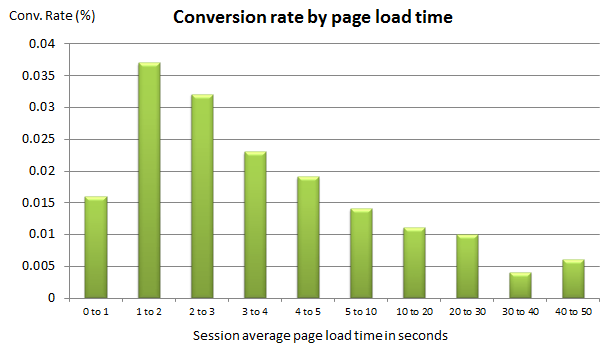
SEO Consultant
Do you know what the loading speed of your website is? Surely it is a fact that you may have checked a few times, but do you really know how much it can affect your site? The time it takes to load a website is the first ‘news’ we have about a content, you could think of it as the first impression you make of someone. Better to look good, right?
The loading speed of a website is a factor directly related to the conversion rate. This is not a logic that is too complicated to obtain. In the age of total immediacy, of consuming 7 chapters of the latest fashion series in one go, your potential customers are not going to wait forever. Most studies point out that above three seconds, especially on mobile, the game is difficult to play. According to Google data, every extra second in your loading speed reduces the conversion rate by up to 20%.

The good news for you is that most of your competitors are probably not working on their website load times. The average mobile loading speed in 2018 was around 19 seconds. That is, there are a lot of people who aren’t paying much attention to this factor, which is clearly an opportunity to differentiate yourself. Not only that, the response time of your website also drastically affects your SEO. If you work on the speed of your website, not only will you be monitoring user response in terms of bounce rate or conversion, you also have a great opportunity to improve your ranking.
Not with the images, please
The loading speed is often affected by the type of images uploaded to the website. This is a mistake you should not allow yourself to make. It is true that there are many websites that pay attention to the image factor, but they do not always comply with the standards 100%. The weight of the images is the fundamental factor that influences the loading speed, and this is determined by 2 central aspects: the resolution and the chosen format. Saving for the web in Photoshop, at 72 pixels per inch, should be a precept of life for anyone working with images on websites. In this, or any other tool, going to the maximum resolution allowed is not always the best way to go.
Other aspects such as image dimensions also influence the response time of websites. Working with large dimensions is a good idea to adapt to all formats, but be careful, you will never need 3000x2000px posters to decorate your page.
And don’t forget about formats… Google values and indicates in its advice the use of new generation formats. What are these? Among the most used are JPGE200 and WebP format. The latter is preferred by the king of search engines and it is true that it provides great results in terms of weight/quality ratio. Not all image editing tools include the WebP format by default, so you can use an image converter. In the case of WordPress, there are several plugins that make this task easier. You will be able to convert images in bulk and adapt them to offer a correct loading speed.
Don’t be afraid of technical factors
If you have checked the load data on your website and have accessed any of the tools that point out the factors that influence the load of your site, don’t be put off by the technical concepts. I’m sure there’s more than one issue you can address…
The two most common are browser caching and minification of HTML, CSS and JavaScript code. They are two of the most repeated technical errors and the good news is that they can also be solved by plugins. Specifying the browser cache is to enable users who have already been to your website and are returning, so that they do not have to reload all the main resources of your website. It is a memory in the browser’s memory that can bring you great improvements. Minification consists of correcting textual code files, to debug them and avoid superfluous errors or repetitions. Here too, there are several plugin options available and you can even opt for web tools that will save you from loading your website with more plugins.
Don’t neglect the loading speed of your site. You’ve seen that there are fundamental and quick factors to take care of, which you can surely take care of. Keeping an eye on the loading time can help you differentiate yourself, as well as improve your conversion or bounce rates.


